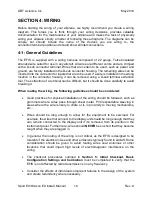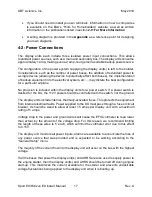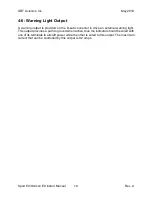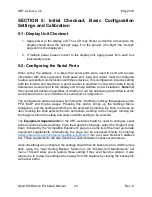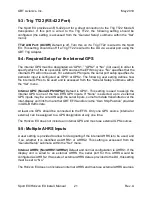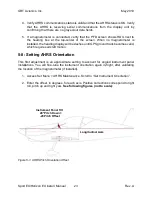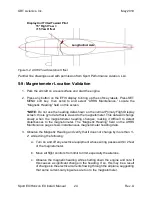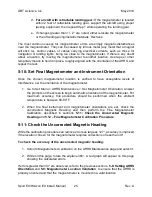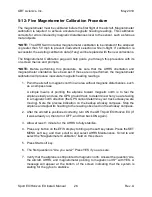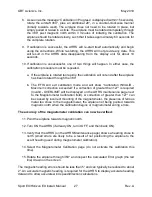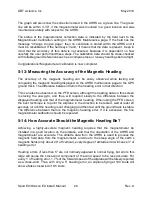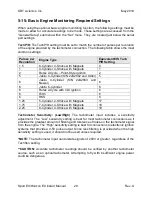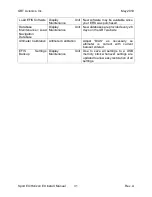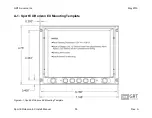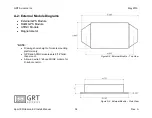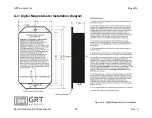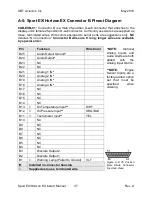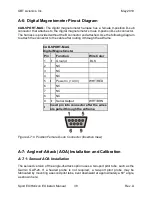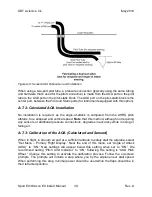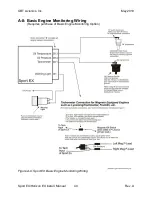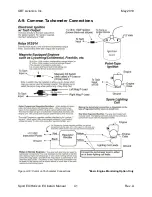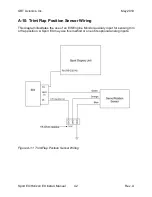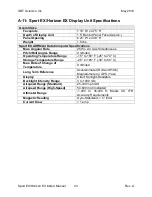
GRT Avionics, Inc.
May 2019
Sport EX/Horizon EX Install. Manual
28
Rev. A
The graph will also show the correction stored in the AHRS as a green line. The green
line will be /-30°, if the magnetometer was mounted in a good location and was
mounted accurately with respect to the AHRS.
The status of the magnetometer correction data is indicated by the field next to the
Magnetometer Calibration setting on the AHRS Maintenance page. If the field has the
message “Change to open page,” then no valid data is stored within the AHRS and it
must be re
calibrated. If the field says “Valid,” it means that the data is present. Keep in
mind that the accuracy of this data is not assured, because it is dependent on how
carefully the user performed these steps. The calibration data should be cross-checked
with reliable ground references such as a compass rose or runway headings before flight.
Congratulations! Magnetometer calibration is now complete!
5-13: Measuring the Accuracy of the Magnetic Heading
The accuracy of the magnetic heading can be easily observed while taxiing and
comparing the magnetic heading displayed on the AHRS maintenance page to the GPS
ground track. The difference between them is the heading error in that direction.
This can also be observed on the PFD screen, although the heading data on this screen
is slaving the yaw gyro, and thus, will respond slowly to the difference between the
displayed heading and that of the magnetometer heading. When using the PFD screen,
the best technique is to point the airplane in the direction to be tested, wait at least 20
seconds (or until the heading is not changing) and then taxi until the ground track is stable.
The difference between them is the magnetic heading error. If it is excessive, the fine
magnetometer calibration should be repeated.
5-14: How Accurate Should the Magnetic Heading Be?
Achieving a highly-accurate magnetic heading requires that the magnetometer be
installed in a good location on the airplane, and that the orientation of the AHRS and
magnetometer are accurate. The attitude data from the AHRS is used to process the
magnetic field data from the magnet
ometer, and due to the steep angle of the earth’s
magnetic fields (only about 20° off vertical), every degree of attitude error will cause 3° of
heading error.
Heading errors of less than 5° are not normally apparent in normal flying, but errors this
large will cause the cross-wind component of the wind speed to be less accurate. For
every 1° of heading error, 1.7% of the forward speed of the airplane will be falsely reported
as a cross-wind. Thus, with only a 5° heading error, an airplane flying at 100 knots will
show a false crosswind of 8.5 knots.



